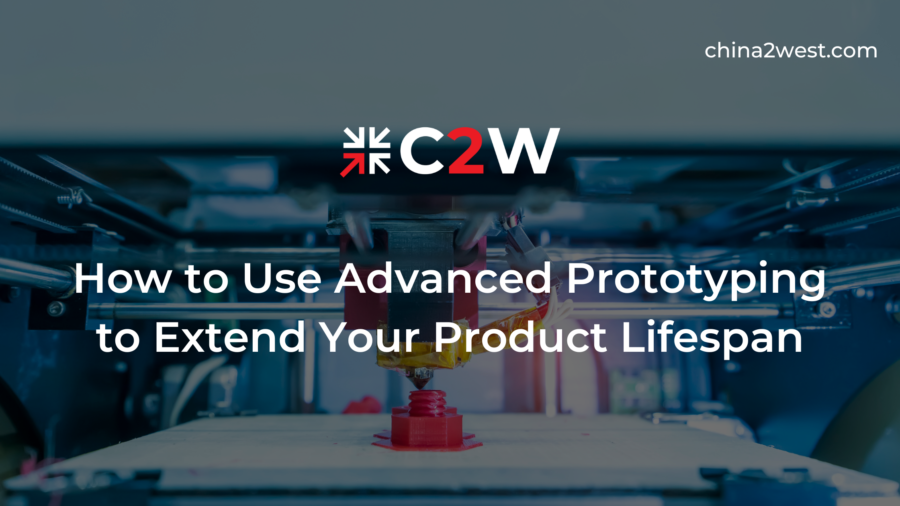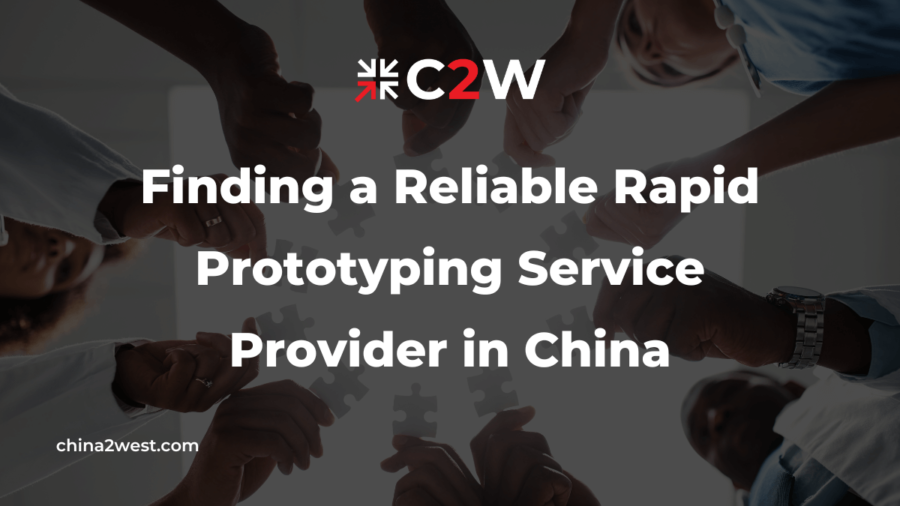In today’s rapidly evolving world, the ability to extend the lifespan of products is a critical factor for businesses seeking enduring success.
Advanced prototyping has emerged as a strategic tool, offering a meticulous approach to refining and optimizing products.
This article delves deep into the realm of advanced prototyping, exploring its profound significance, detailing effective strategies, and illuminating how it contributes to the sustained longevity of products.
Understanding Advanced Prototyping
Advanced prototyping transcends the realm of basic proof-of-concept models. It is a comprehensive process that involves creating functional prototypes closely mirroring the final product.
This approach allows for an exhaustive evaluation of features, design elements, and performance metrics, facilitating the early identification and resolution of potential issues.
Strategies for Effective Advanced Prototyping
1. Collaborative Cross-Functional Teams
Encourage collaboration not only within the traditional triad of design, engineering, and marketing teams but also extend it to include representatives from customer support and manufacturing.
This holistic approach ensures diverse perspectives, leading to a product that not only meets market demands but is also feasible to produce at scale.
2. Utilize Cutting-Edge Technologies
Embrace the latest technologies, including 3D printing, CNC machining, and augmented reality, in the prototyping process.
These advanced tools provide more accurate representations of the final product, enabling a thorough assessment of its form and functionality. Staying on the cutting edge ensures that your product is not only innovative but also competitive in the market.
3. User-Centric Prototyping
Prioritize the user experience by involving end-users in the prototyping feedback loop. Conduct usability testing and gather insights directly from potential customers.
This user-centric approach ensures that the final product not only meets technical specifications but also addresses the nuanced needs and preferences of the target audience, significantly increasing its chances of success in the market.
4. Modular Prototyping
Break down your product into modular components that can be individually prototyped and tested.
This modular approach allows for focused refinement of each element, ensuring that every aspect of the product is optimized for performance, durability, and ease of assembly. It also facilitates efficient updates and repairs, extending the product’s overall lifespan.
5. Iterative Testing and Feedback Loops
Implement a continuous testing and feedback loop throughout the prototyping phase. Regularly collect feedback from stakeholders, end-users, and team members, allowing for ongoing adjustments and improvements.
This iterative process ensures that the final product is not only robust and functional but also well-received in the market, increasing its potential for long-term success.
6. Digital Twin Prototyping
Explore the concept of digital twin prototyping, where a digital replica of the physical product is created and tested in a simulated environment.
This approach provides a virtual platform for in-depth analysis and optimization, allowing for fine-tuning of the product’s design and functionality before physical prototypes are produced.
Overcoming Challenges in Advanced Prototyping
1. Balancing Speed and Detail
While it’s essential to expedite the prototyping phase, rushing the process can compromise the accuracy and effectiveness of the model.
Striking a balance between speed and attention to detail is crucial for success. Consider adopting agile development methodologies to maintain a rapid yet meticulous prototyping pace.
2. Cost Considerations
Investing in advanced prototyping technologies can be a daunting prospect for small businesses. However, the long-term benefits often outweigh the initial costs.
Evaluate the return on investment and consider it a strategic investment in your product’s future. Explore collaborative partnerships or leasing options to mitigate initial financial burdens.
3. Sustainability Integration
Consider the environmental impact of your product by incorporating sustainable materials and manufacturing processes during the prototyping phase.
This not only aligns with growing consumer preferences for eco-friendly products but also contributes to the long-term reputation and success of your brand. Sustainable practices enhance the market appeal and resilience of your product.
4. Regulatory Compliance
Ensure that your advanced prototypes comply with relevant regulations and standards. Addressing regulatory considerations early in the development process prevents delays and setbacks, ensuring a smoother path to market.
Collaborate with regulatory experts and stay informed about evolving compliance requirements to navigate this complex landscape seamlessly.
In the ever-evolving landscape of product development, advanced prototyping is not merely a trend but a necessity. By understanding its nuances, implementing a diverse array of effective strategies, and navigating challenges with resilience, businesses can significantly enhance the lifespan of their products.
Embrace advanced prototyping today to stay ahead of the curve, ensure enduring success, and contribute to a future where innovation thrives in the competitive market. Choosing a reliable product development company like C2W, with nearly 20 years of experience, state-of-the-art 3D printer and a global team of industrial engineers and designers, will make your dream product more accessible than ever. Contact us now!



